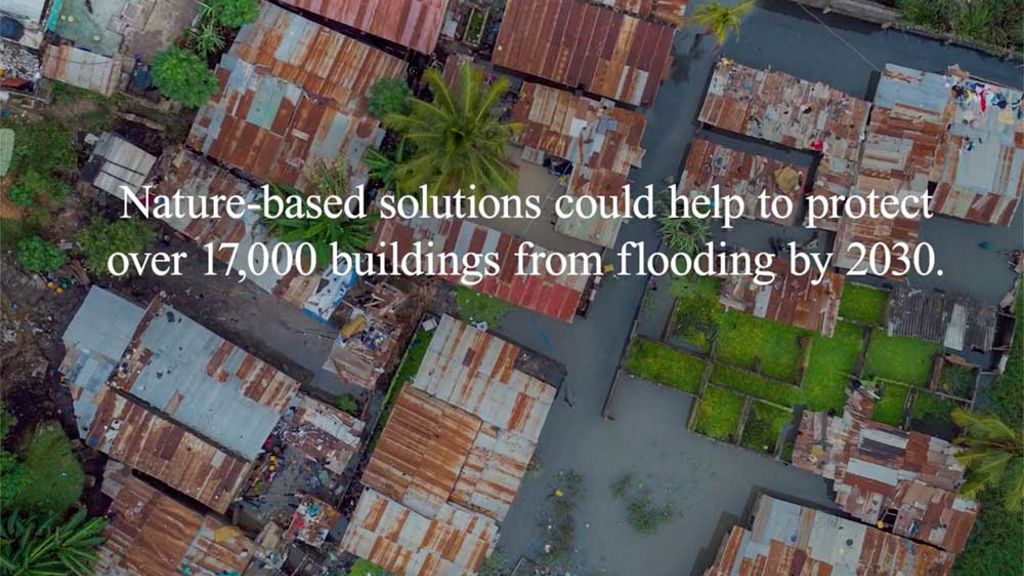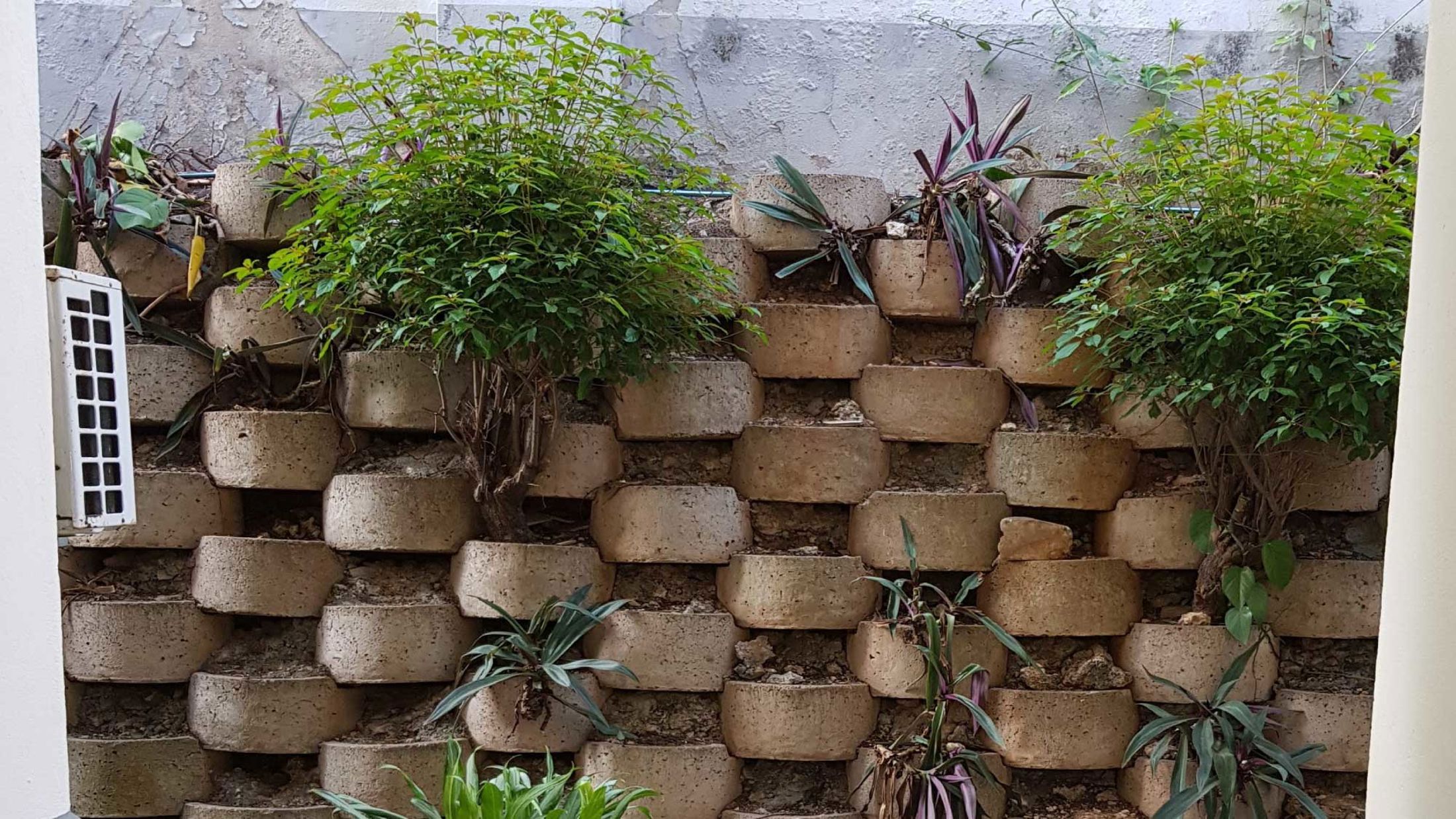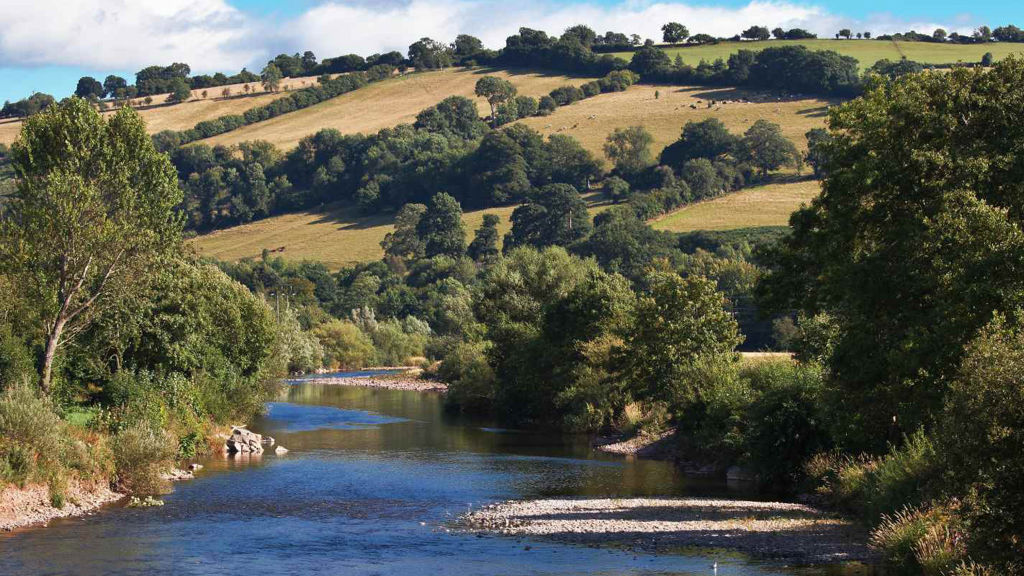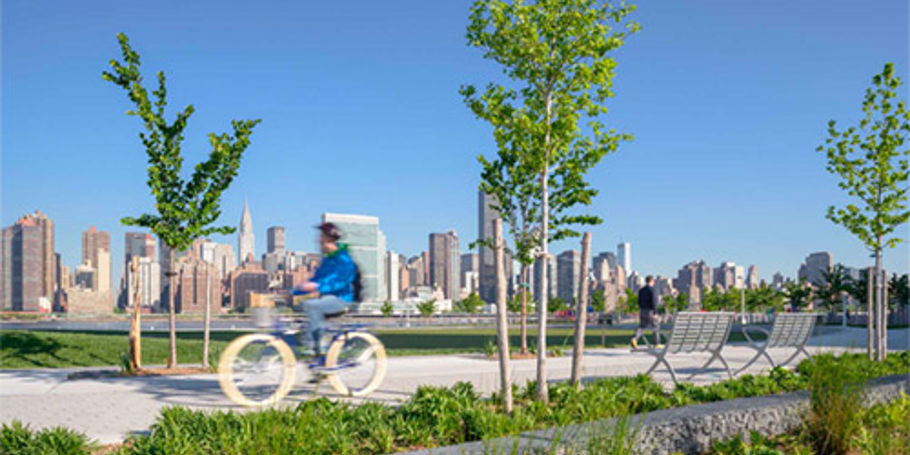Measuring the benefits of urban greening in Dar es Salaam
Dar es Salaam urban greening

Dar es Salaam in Tanzania is predicted to double in population by 2050. Growth of this magnitude and pace poses real challenges for the city, increasing an already high risk of flooding, urban heat, land degradation and soil erosion.
With our environmental engineering credentials top of mind, Arup was asked to assess how urban greening could help solve these issues and increase climate resilience. In collaboration with the Tanzanian Government, the World Bank and specialist local partners, our research explored the benefits of implementing nature-based solutions over grey infrastructure in Dar es Salaam. Insights from this assessment will allow for climate resilient urban development and infrastructure plans to overcome the challenges of flooding, water availability and rising temperatures. Our suggested greening interventions have the potential to improve quality of life, especially for those in low-income settlements.
Adding up the impacts of urban greening and nature-based solutions
Nature-based solutions are becoming a more established way of supporting climate resilience and biodiversity, but their impacts are rarely quantified. Framed on numerical evidence, our study’s aim was to assess the benefits of interventions such as urban greening, open space development, erosion control, and sustainable urban drainage systems.
We analysed existing land use to estimate the scale, extent, and types of greening interventions that could exist in the future. We found that, if greening interventions were incorporated by 2030, 300 Olympic-size swimming pools of rainfall (730,000m3) could be stored in the soil, helping replenish ground water supplies, restore soil health and support urban agriculture.
Our team created geospatial data to estimate Dar es Salaam’s future pattern of urbanisation for 2023, 2030, and 2040 projections. The data was presented through a series of maps showing changes over time, enabling our team to identify opportunities for city-wide greening across new developments and infrastructure. We proposed interventions based on their suitability for the city’s 17 dominant land types, enabling calculations to be completed on their impacts and visualising the benefits of greening on the lives of local people.

Nature-based flood risk reduction
Faced with frequent heavy rainfall and flooding, the people of Dar es Salaam experience regular disruption to their livelihoods, infrastructure, and daily operations. These problems will worsen as the city grows and the climate changes unless city-wide interventions are implemented at scale. The project considered a wide range of nature-based solutions to address these challenges, each one with a role to play in alleviating flood risk. We considered rain gardens, road-side drainage, and tree planting as ways to increase water infiltration and subsurface water storage.
When combined, these solutions can considerably lower the risk of flooding across the city, helping safeguard homes and protecting critical facilities such as hospitals and schools. By implementing nature-based interventions, up to 17,000 buildings could become less susceptible to flooding by 2030. This would significantly improve the lives of people living in unplanned areas prone to flooding.
Reducing the urban heat island effect
Under current climate conditions, the average and maximum temperatures of Dar es Salaam are around 29°C and 37°C respectively. These temperatures are expected to rise with increased urbanisation, compounded by climate change. The urban heat island (UHI) effect is when an urban area is significantly warmer than its surrounding rural areas. Today, Dar es Salaam city has a maximum UHI of 4.85°C, and this is projected to increase by up to 2°C by 2040.
We found that implementing greening interventions across the city could help reduce air temperatures by up to 5°C. By reducing grey urban areas within the city and preserving existing green areas of forest and mature trees as the city’s urban boundary extends, we would see a reduction in air pollution as well as a decreased risk of heat-related illnesses.

Adding green space improves lives
Our research found that surface water runoff and soil erosion will worsen if Dar es Salaam continues to grow and densify without greening interventions. By implementing interventions and preserving existing natural open spaces and forests, our team estimated that the city’s total average soil loss could be decreased by approximately 4% (840,000 tons/year), reducing the negative impacts of sedimentation and land degradation. The opportunity for tree planting suggests that around 1,182,000 trees could be planted by 2030, which would help to counter CO2 emissions. This would also improve Dar es Salaam’s air quality, helping to prevent health risks and illnesses associated with air pollution.
Future greening approaches could enhance biodiversity by connecting the city’s existing green spaces and water bodies – particularly its major river channels. A greener city would provide additional quality of life benefits for all its residents, such as cooler air temperatures and improved air, water, and soil quality. This work was financed by the Tanzania Urban Resilience Programme (TURP), a UK Foreign Commonwealth and Development Office funded programme delivered by the World Bank, and the Quality Infrastructure Investment Partnership – financed by the Government of Japan. The Government of Tanzania is using the results to introduce green infrastructure into World Bank finance infrastructure projects in Dar es Salaam, creating a more resilient urban environment for its people.
Kounkuey Design Initiative / Institute of Resource Assessment, University of Dar es Salaam / Kisasa Environmental, Social and Governance Consultants Ltd. / AGS Ekology Ltd. / Fathom
What we delivered
-
Quantifying the impact of nature-based solutions to combat climate change
-
Instructing infrastructure with a greener approach in Tanzania
-
Reducing the effect of extreme weather and improving the quality of life for city dwellers in Dar es Salaam
Get in touch with our team
Projects
Explore more nature-based solutions projects

Promoting climate resilient flood defence and development through nature-based solutions
Lower Darent Riverside Strategy, United Kingdom

A nature-based approach to combined storm overflows
Pont-y-felin Lane, United Kingdom

Implementing nature-based solutions and green infrastructure to create a resilient and inviting space
Love Park Toronto, Canada

Restoring natural ecosystems to help tackle the climate crisis
Yorkshire and North East carbon absorption, United Kingdom
Get in touch with us
If you'd like to speak to one of our climate experts about any of the issues raised on this page or a potential collaboration then please get in touch by completing the form.

